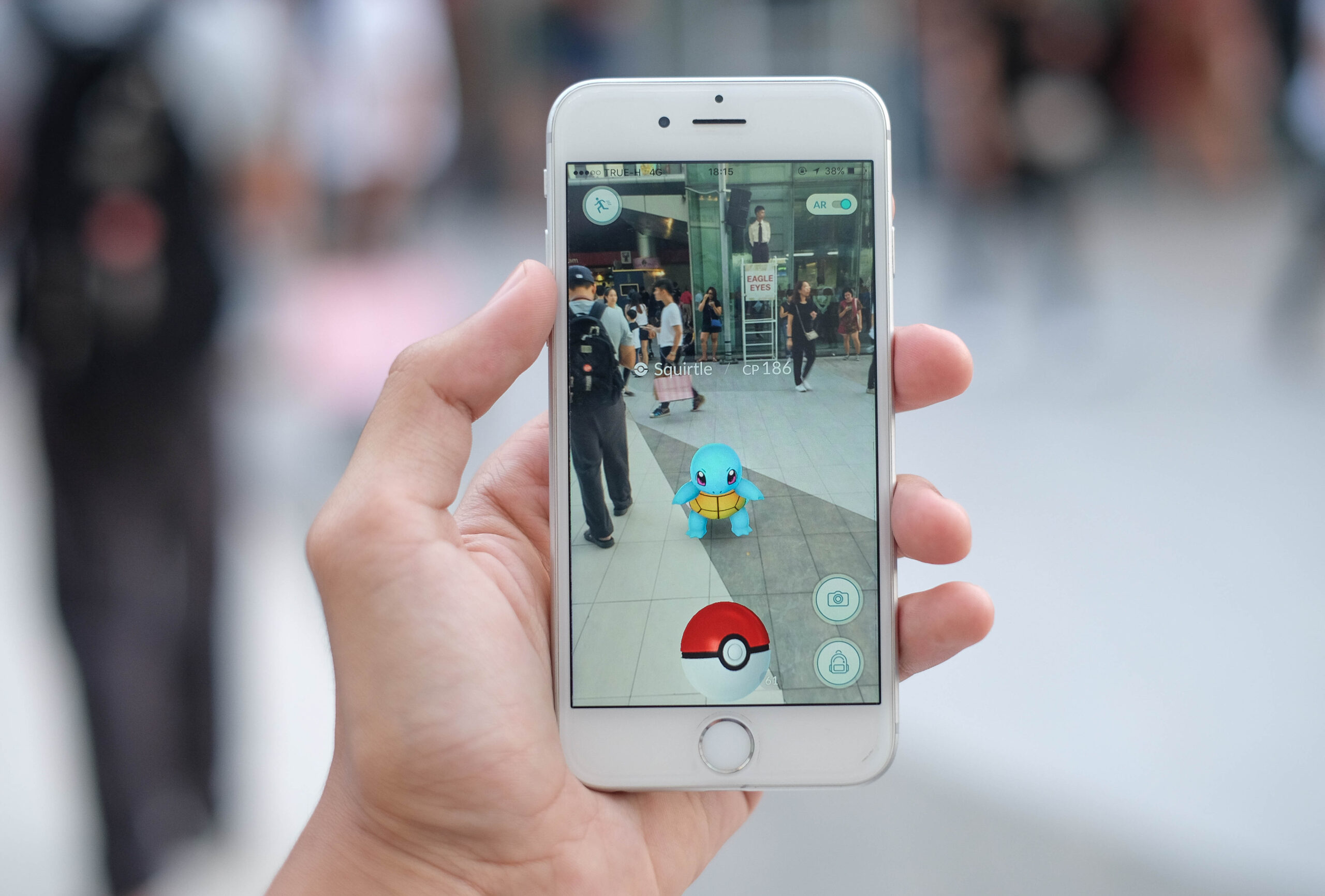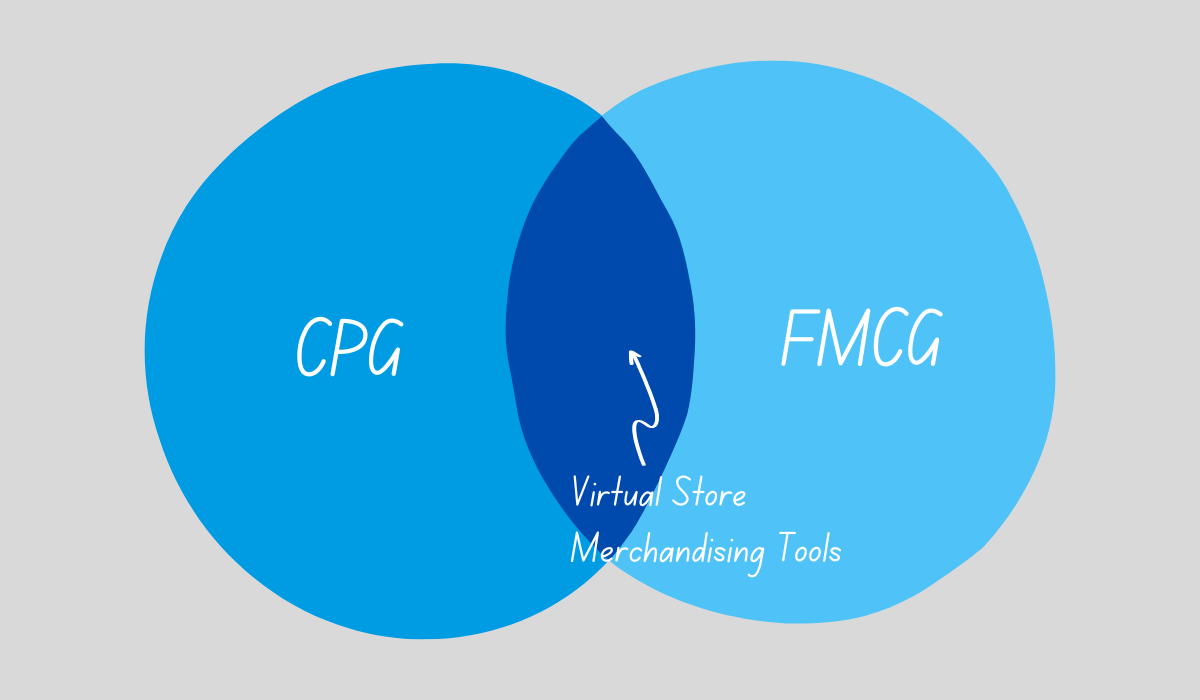There was a time where the large manufacturers were the only voices retailers would listen to on managing their categories. This was primarily driven by the fact that conducting consumer and shopper research was extremely expensive and time consuming. That is not the case today thanks to advances in technology and the evolution of the category management process.
Category Management 2.0 (CatMan 2.0) evolved from several major shifts and changes in technology, data collection & analysis, and shopper preferences. Also playing a factor in the evolution is how the retail environment has adapted to capitalize off of these innovations to better serve a changing consumer base. To learn how your business, small or large, can compete within a category we put together a few insights on what it means to be a category captain and how challenger brands are pushing them.
Category Captains
In the 1990’s new products began flooding the marketplace inundating retailers and putting them in a difficult position concerning category management. To help, retailers, which were once burdened with managing categories on their own, partnered with leading suppliers for recommendations on how to manage each category, including what products to carry, how to merchandise, promote and price them effectively.
Enter the category captain.
This partnership typically gives the category leader, the ability to influence the retailers with their category recommendations. Which often results in their products being put in the best possible position to sell. To help the category leader, sometimes retailers would provide data that other suppliers may not receive, like internal sales data, pricing information, and turnover rates. This information, along with the ability to influence decisions for the retailer, gives the category captain a distinct competitive advantage. This mutually beneficial relationship helps both the category captain and retailer. For new entrants and competitors in a category, however, this presents many challenges.
Challenger Brands
Challenger brands are the competing brands that make up a category outside of the leader. They include small, independent brands, new entrants, craft brands, and other competitors who might not have the same access to information or amount of industry knowledge and expertise as the captain. Because of this, challenger brands typically are at the mercy of the captain, who helps influence decisions for the entire category. Unless they overtake the current category leader to steal their seat, their role in the category appears to be stagnant, but this doesn’t leave challenger brands without options.
As previously mentioned, CatMan 2.0 is largely driven by technology and data. One way that challenger brands are bridging the gap between themselves and category captains is through leveraging virtual reality (VR) simulations. Using VR, challengers can bring stunning visuals and fact-based data on retailer specific shoppers to the table at a much more reasonable cost. This provides insights into shopper’s actions such as where their eyes go first when looking at a shelf, changes in their purchasing behavior and how they navigate an aisle, even if that aisle has yet to be physically created. This gives challenger brands a compelling opportunity to work directly with retailers, offering them fact-based information that in the past they may not have had access to.
CatMan 2.0 has helped identify new opportunities for the challenger brands to compete with category leaders. CatMan 2.0 has opened the door for challengers to provide valuable information to retailers. Stay tuned, next week we’ll cover a few ways challenger brands can help level the playing field.




